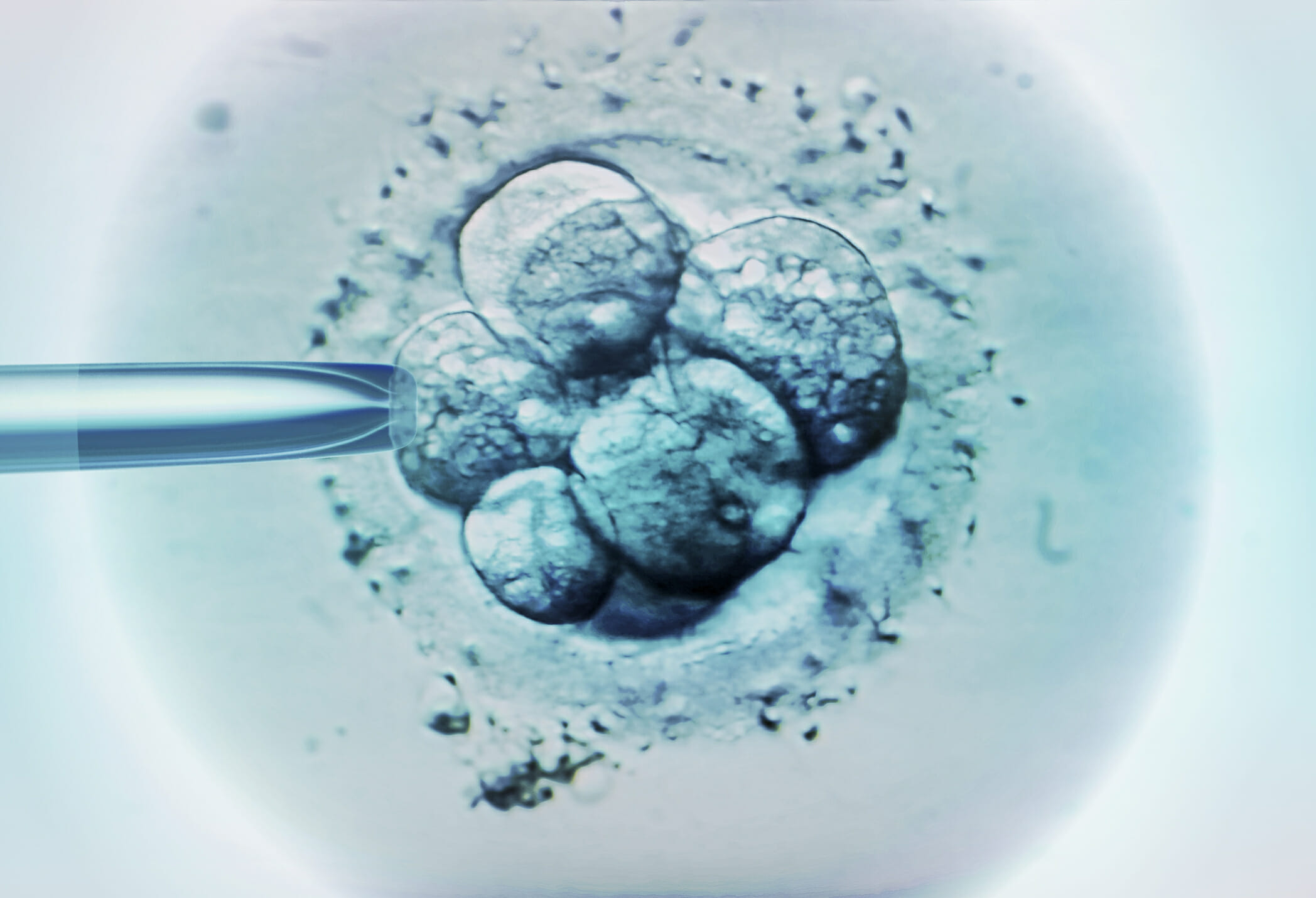Research has suggested that assisted reproductive technology (ART) can increase the risk of pediatric cancers, but studies have shown conflicting results, and questions remain.
It is still unclear whether and to what degree ART is the cause of pediatric cancers, which cancers are actually associated with ART, and which technologies might be increasing the risk of those cancers.
For example, a 2014 study showed an increased risk of central nervous system (CNS) cancers and malignant epithelial neoplasms with ART.1 The same risks were not seen in a 2016 study, which showed an increased risk of leukemia and lymphoma with ART.2
A 2022 study of 2.3 million families in Taiwan showed an increased risk of liver cancer and leukemia with ART.3 In this study, the use of fresh embryos was associated with an increased risk of cancer, but the use of frozen embryos was not.
Another study from 2022 showed an overall increased risk of childhood cancer among children conceived via fresh embryos.4 This study, which included more than 1.5 million children in the United States, showed varying risks by cancer type and ART method.
The researchers found an increased risk of leukemia among children conceived via ovulation induction or intrauterine insemination, an increased risk of CNS cancers among children conceived via fresh autologous or donor-derived embryos, and an increased risk of solid tumors among children conceived via fresh autologous embryos.
On the other hand, a study of 7.9 million children born in Nordic countries showed a higher risk of any cancer among children born after frozen embryo transfer (FET), as compared with children born via fresh embryo or natural conception.5 This study showed a higher risk of epithelial tumors and melanoma after any ART method and a higher risk of leukemia after FET.
“Multiple studies have raised some level of concern [regarding cancer risk], even though they are not finding it necessarily in the same place,” said Marcelle Cedars, MD, director of the Center for Reproductive Health at the University of California, San Francisco, and past president of the American Society for Reproductive Medicine.
“It does raise caution that there may be risk, there is biological plausibility that there could be risk, but there are not enough data to tell us what the problem is and how to fix it,” Dr Cedars said.
For example, if studies were consistently finding an association between FET and childhood cancer, it would suggest a need to modify this approach, especially as clinics in the US and around the world are increasingly performing frozen transfer, Dr Cedars said. In the US, 78.8% of ART transfers were done with frozen embryos in 2019.6
Because findings have been inconsistent, it is unclear whether certain steps involved in ART, or factors associated with ART, such as other birth outcomes and parental infertility, may be contributing to the elevated cancer risk.
Despite the uncertainty, “we need to counsel [individuals considering ART] that these associations have been identified, but we also need to think about what is the absolute risk. . . because when you have a rare phenomenon like childhood cancer, even an increased risk may be relatively small,” Dr Cedars said.
In the aforementioned Nordic study, for example, the incidence rate of pediatric cancer per 100,000 person-years was 19.3 for the children born after ART and 16.7 for children born after natural conception.5
Teasing Apart Confounders
Two birth outcomes that have been consistently associated with an increased risk of childhood cancer are known to be more common among children born after ART — high birth weight (in the case of FET) and an increased risk of birth defects.4,7-9 However, these outcomes may only explain part of the association between ART and cancer.
In the Nordic study, researchers adjusted for birth weight and birth defects and still found that babies born by ART had a higher risk of cancer.5 Compared with spontaneous conception, FET was associated with a 62% higher risk of cancer after adjusting for birth weight and other factors such as parity and maternal age. When the researchers adjusted for major birth defects, FET was associated with an 87% higher risk of cancer, compared with spontaneous conception.
FET was associated with a 55% higher risk of cancer when compared with fresh embryo transfer, after adjusting for birth weight and other factors. When the researchers adjusted for major birth defects, FET was associated with a 59% higher risk of cancer.
The researchers noted, however, that the results of this study “should be interpreted cautiously based on the small number of children with cancer.” The analysis was based on 48 cancer cases in the FET group, 227 in the fresh embryo group, and 13,044 in the natural conception group.
This article originally appeared on Cancer Therapy Advisor
